The Prefabricated Glass Block Market is currently characterized by a dynamic competitive landscape, driven by innovation, sustainability, and regional expansion. Key players such as Marmon Group (US), Saint-Gobain (FR), and Schott AG (DE) are actively shaping the market through strategic initiatives. Marmon Group (US) appears to be focusing on enhancing its product offerings by integrating advanced manufacturing technologies, which may bolster its competitive edge. Meanwhile, Saint-Gobain (FR) is likely concentrating on sustainability, aiming to reduce its carbon footprint through eco-friendly production processes. Schott AG (DE) seems to be pursuing a strategy of regional expansion, particularly in emerging markets, which could enhance its market presence and customer base.
The business tactics employed by these companies include localizing manufacturing and optimizing supply chains to enhance efficiency and responsiveness to market demands. The Prefabricated Glass Block Market is moderately fragmented, with several players vying for market share. However, the collective influence of major companies is significant, as they set industry standards and drive innovation, thereby shaping the overall market structure.
In August 2025, Marmon Group (US) announced a partnership with a leading technology firm to develop smart glass block solutions that integrate IoT capabilities. This strategic move is likely to position Marmon at the forefront of innovation, appealing to a growing segment of consumers interested in smart home technologies. The integration of IoT into glass blocks could enhance functionality and energy efficiency, potentially revolutionizing applications in both residential and commercial sectors.
In July 2025, Saint-Gobain (FR) launched a new line of eco-friendly prefabricated glass blocks made from recycled materials. This initiative underscores the company's commitment to sustainability and may attract environmentally conscious consumers. By prioritizing sustainable practices, Saint-Gobain is not only enhancing its brand image but also aligning with global trends towards greener construction materials, which could lead to increased market share.
In September 2025, Schott AG (DE) expanded its manufacturing capabilities in Asia, establishing a new facility aimed at increasing production capacity for prefabricated glass blocks. This expansion is indicative of Schott's strategy to tap into the growing demand in the Asia-Pacific region, where construction activities are on the rise. By enhancing its production capabilities, Schott may improve its supply chain efficiency and responsiveness to regional market needs.
As of October 2025, the competitive trends in the Prefabricated Glass Block Market are increasingly defined by digitalization, sustainability, and the integration of advanced technologies such as AI. Strategic alliances among key players are shaping the landscape, fostering innovation and enhancing product offerings. The shift from price-based competition to a focus on technological advancement and supply chain reliability is becoming evident. Companies that prioritize innovation and sustainability are likely to differentiate themselves in this evolving market, positioning themselves for long-term success.


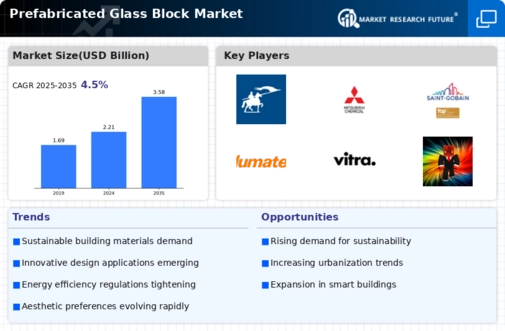
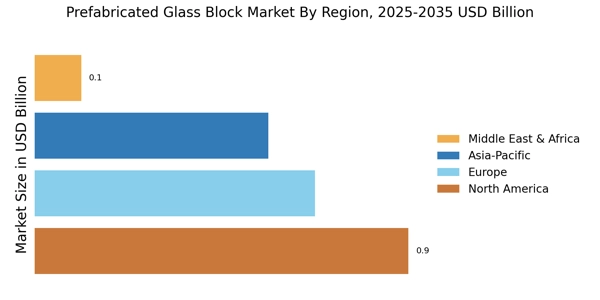
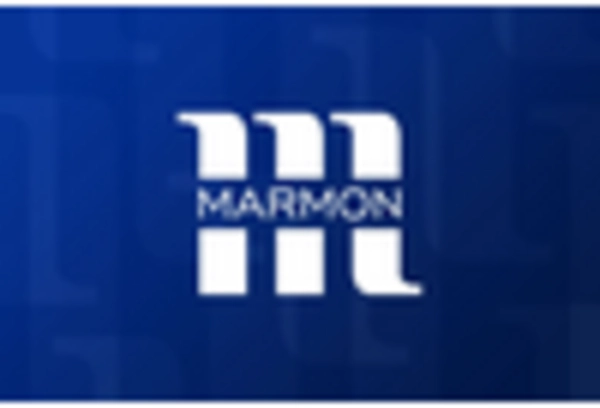
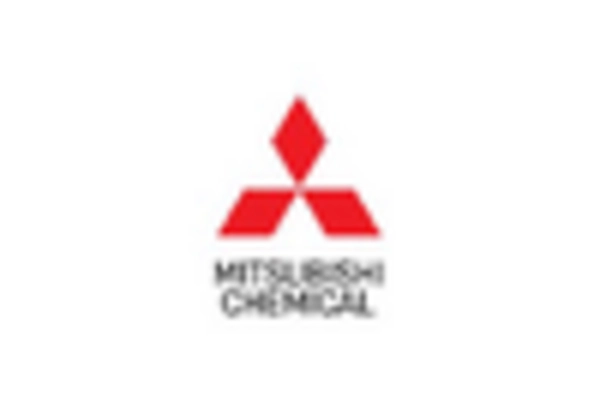
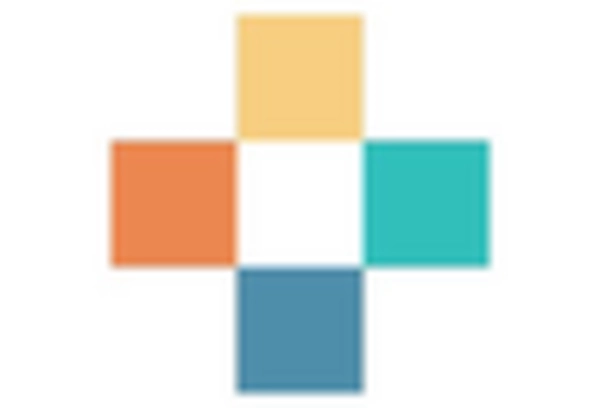
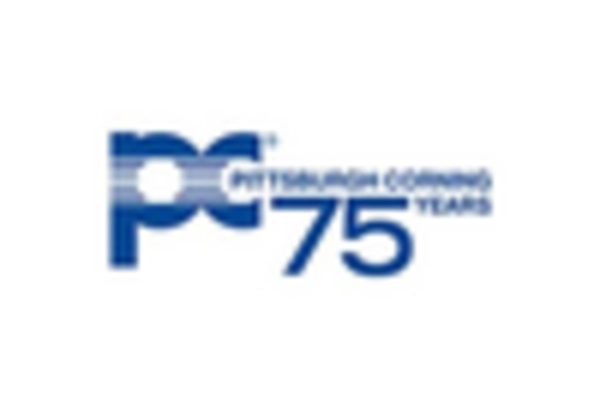

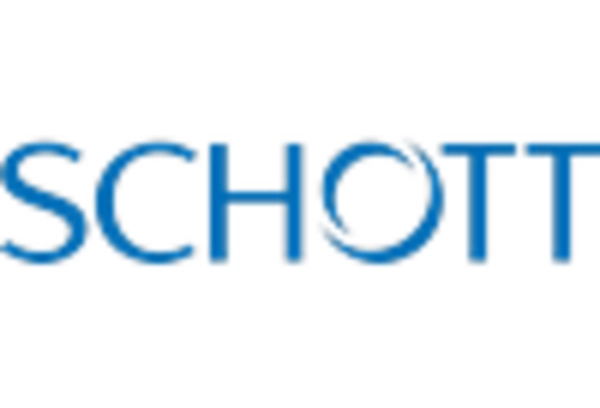








Leave a Comment